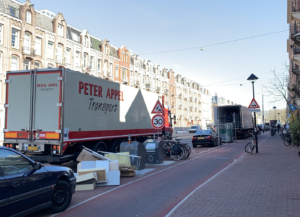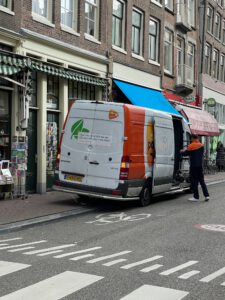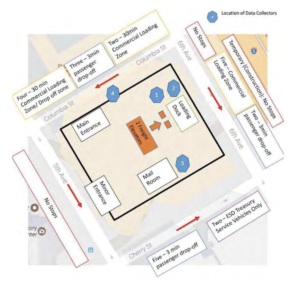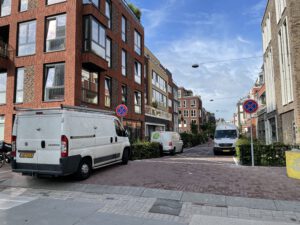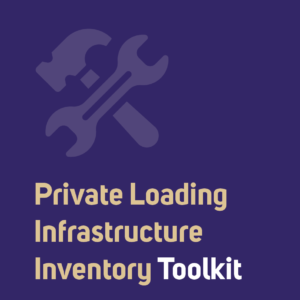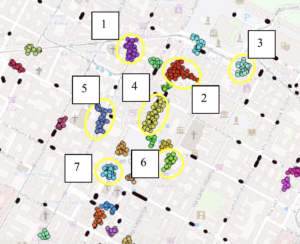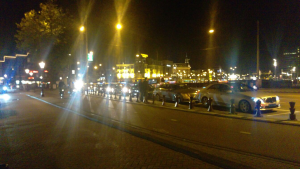CIDAUT uses artificial intelligence to monitor use of parking spaces
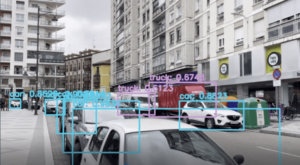
CIDAUT, in collaboration with the Valladolid City Council, is implementing various initiatives to enhance urban transportation, making it smarter and more sustainable. Among these initiatives, which encompass connectivity solutions and the decarbonization of mobility, researchers would like to introduce one focused on monitoring vehicles utilizing designated charge and discharge parking slots, particularly intended for last-mile …


